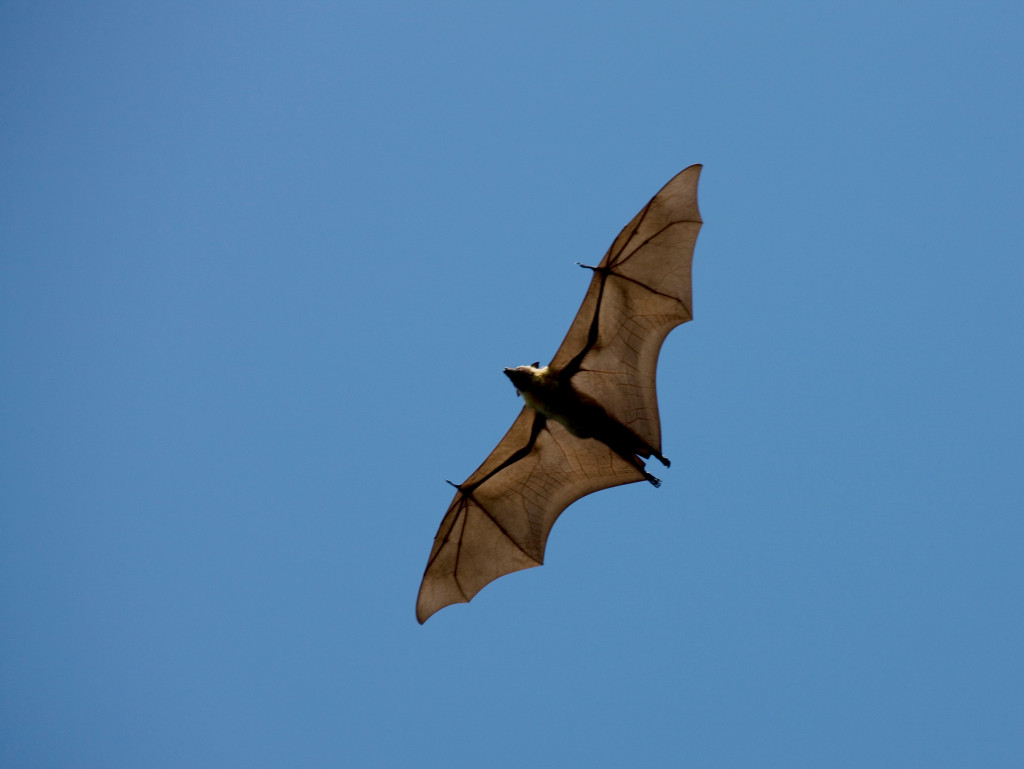•Bats provide many essential benefits to humans and the environment, such as insect control, pollination, and seed dispersal.
•In some cases, bats can become a nuisance and threaten people’s health and safety.
•To protect your home from bats, inspect roofing materials for gaps or holes, seal any openings or cracks, install a bat house in your yard, keep your home clean and free of food sources, and use ultrasonic devices.
•By following these tips, you can protect your home from bats while protecting them and creating a healthy ecosystem for everyone.
There are many species of bats in the U.S. It’s estimated that there are more than 45 different species of bats in the U.S., with some being endangered or threatened. The most common species in the U.S. include Big Brown Bats, Silver-haired Bats, and Red Bats. Bats play an essential role, but sometimes they can be considered pests.
Bats have a reputation for being pests, but they are much more than that. In reality, bats provide many essential benefits to humans and the environment. So, are bats considered pests in the United States? Here’s a closer look.
What Do Bats Do?
Bats play an essential role in the natural world by providing vital services such as insect control, pollination, and seed dispersal. They also serve as indicators of environmental health because their populations can be affected by changes in habitat or food sources.
For example, some species of bats in the U.S., such as the endangered Indiana bat, rely on forests for shelter and food sources. As forests are destroyed or degraded due to human activities, these species become more vulnerable to population declines.

When Are Bats Considered Pests?
Most of the time, bats are beneficial to humans and our environment; there are some instances when they can become a nuisance and even threaten people’s health and safety. For example, if a large colony of bats takes up residence inside a home or building, they can cause damage to property while also contaminating living spaces with droppings or urine.
Additionally, certain bats have known carriers of zoonotic diseases such as rabies that can be transmitted to humans through contact with saliva or blood from an infected animal. While these cases may be rare, taking all necessary precautions when dealing with wild animals, including bats, is essential.
How to Protect Your Home From Bats
You must protect your property from bats if they’re causing a nuisance or health risk. Here are ways to do that:

Check Your Roof
Bats are flying creatures, so they often gain entry to homes and buildings through roofing materials. Inspect your roof for gaps or holes, and ensure all vents are tightly sealed with mesh screening. If your roof has a gaping hole, it might be time to replace it. Local roofers can help with this. They can choose suitable roofing materials to keep bats out.
Seal Up Any Openings
Bats can enter your home through some pretty tiny openings. Check your attic, basement, and walls for cracks or holes that could provide an entry point. If you find any, seal them up with caulk or another sealant. You should also ensure that your windows and doors fit snugly in their frames and have no gaps around them.
Install a Bat House
One way to discourage bats from trying to move into your home is to give them an alternative place to roost. You can do this by installing a bat house in your yard. Bat houses provide bats with a safe, warm place to sleep during the day. Be sure to put the bat house in a location that is away from your home and any areas where people congregate, such as patios or decks.
Keep Your House Clean and Free of Food Sources
Another way to dissuade bats from residences in your home is to keep them clean and free of food sources. Bats are attracted to places where they can find food, water, and shelter. So, if your house is cluttered and full of food scraps, it’s more likely to attract bats (and other pests). To deter bats (and other problems), practice regular cleaning habits and store food in airtight containers.
Use Ultrasonic Waves
If traditional methods haven’t worked, you can use ultrasonic waves to eliminate bats. Ultrasonic devices emit sound waves that are too high-pitched for humans to hear, but that will make bats extremely uncomfortable. When used correctly, ultrasonic waves will cause bats to flee your home for quieter quarters. Just be sure not to use ultrasonic devices while people are in the house — extended exposure to these sound waves can also harm human hearing.
Bats are essential to the environment; with careful planning, you can coexist peacefully. By following these tips, you can protect your home from bats while protecting them. This can lead to a healthy ecosystem for everyone.
